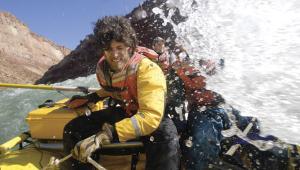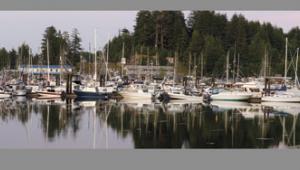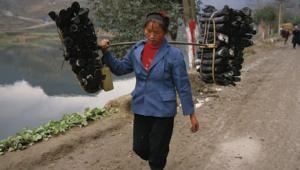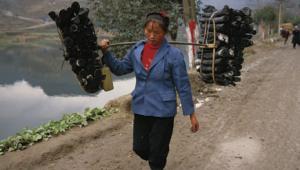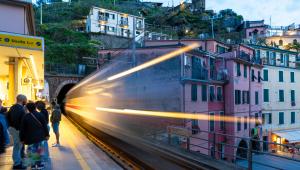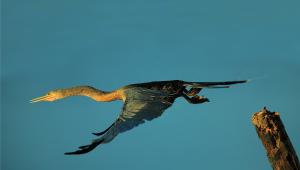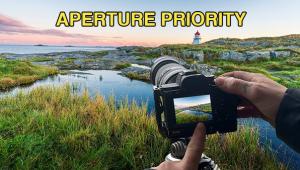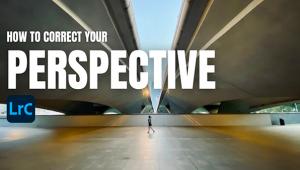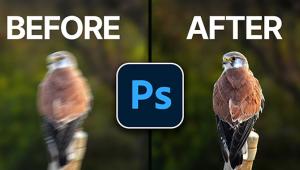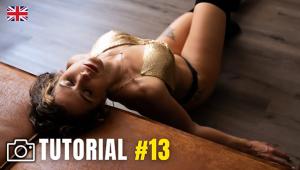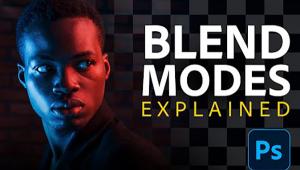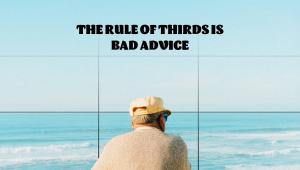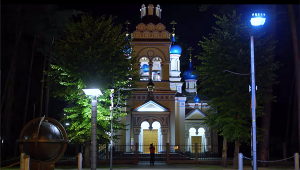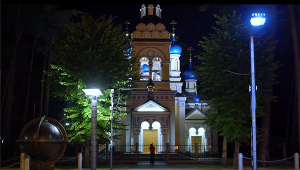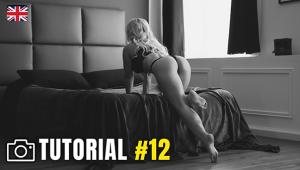Time Will Tell; Harvey Stein’s Long-Term Investments Page 2
 |
In some of the photos it looks as though the people didn't know he was there. "The priest probably saw me," Harvey says, "but he wasn't paying attention." The sleeping woman on the train saw him but closed her eyes. "My cameras are always in plain sight," he says, "but I do shoot quickly, and I use wide angle lenses so I can get close and still get the environment as a context for the subject. I don't want just a face or a head. I want people in a place that's recognizable, or, if not, at least you know the kind of situation they're in."
 |
Harvey's books are, he admits, mostly about him. "In Movimento
I want to give people a taste of what lives are like in Italy, but what I was
really exploring was my own vision. I've done that in all my books, and
if people connect with it, that's great. Books are really about the artist.
If you think about the audience first, it'll lead you to be more commercial.
I photograph to express myself."
If you have an attraction to a place or a liking for a subject, Harvey would
advise you to go back and go deeper. And take your time. "As you go along,
you gain courage and momentum," he says. "You become much more driven
and focused.
"When you find something you love to do, the long-term project is a perfect reason to keep doing it."
 |
 |
About The Photos
Harvey shoots with Leicas--two M4s, to be exact. "They're ideal
for street photography. They're quiet, small, fast and it's easy
to pre-focus with the wide angle lenses I use--a 21mm on one, a 35mm on
the other." Both cameras are loaded with Plus-X, which he rates at ISO
100. "I don't use meters--I know the light." He shoots
for maximum depth of field because he wants not just the person, but also the
context of the moment. He does his own developing and printing.
Harvey is thinking of adding an EOS 5D to his camera bag. "As a teacher
at the International Center of Photography [in New York City] and at workshops,
I have to keep up, I have to know digital. But I don't see digital taking
the place of the Leicas. Maybe in addition to, but never instead of."
Then he adds, "Unless the day comes when there's no more film."
- Log in or register to post comments


